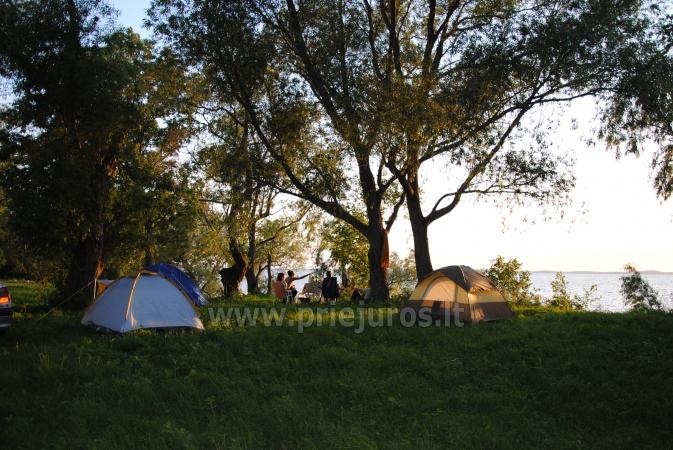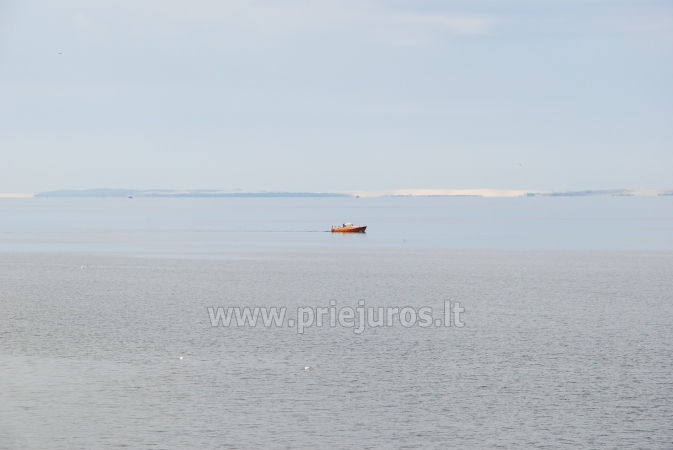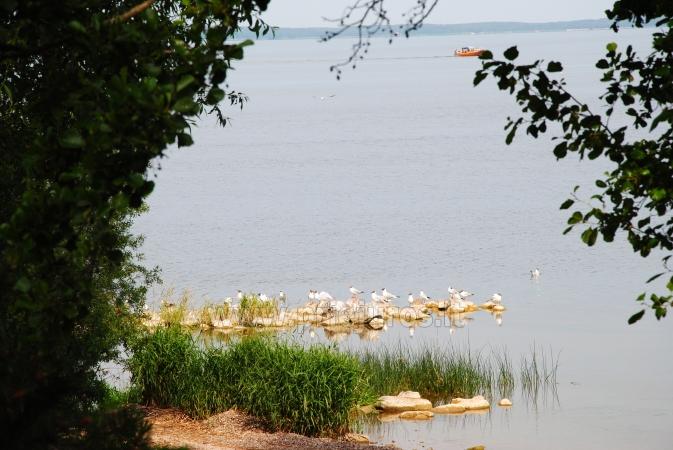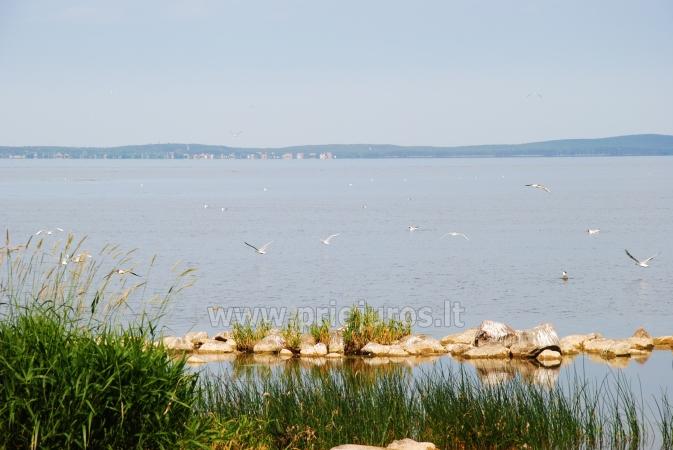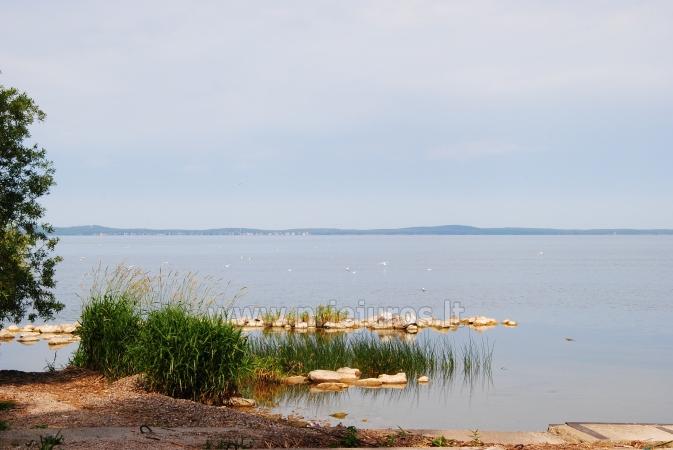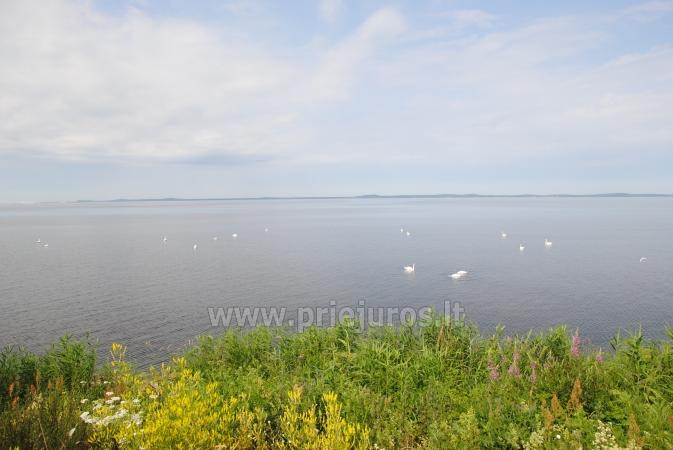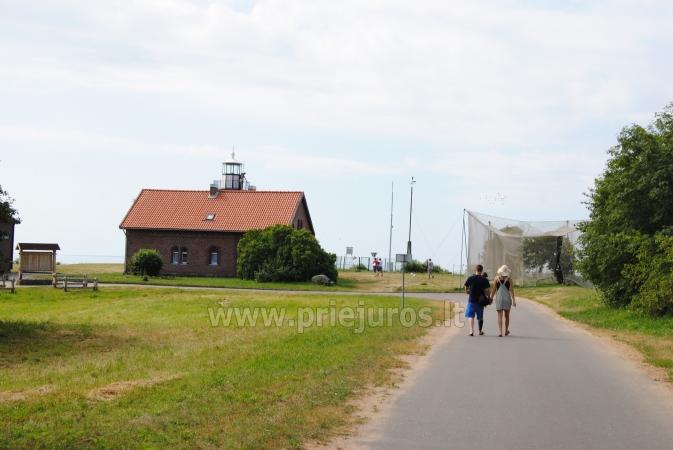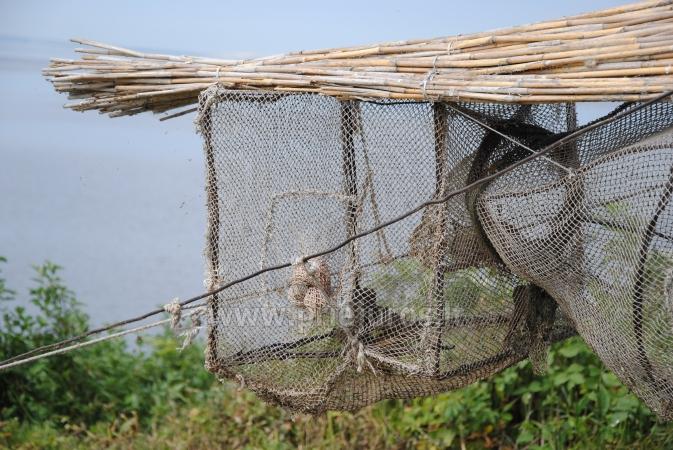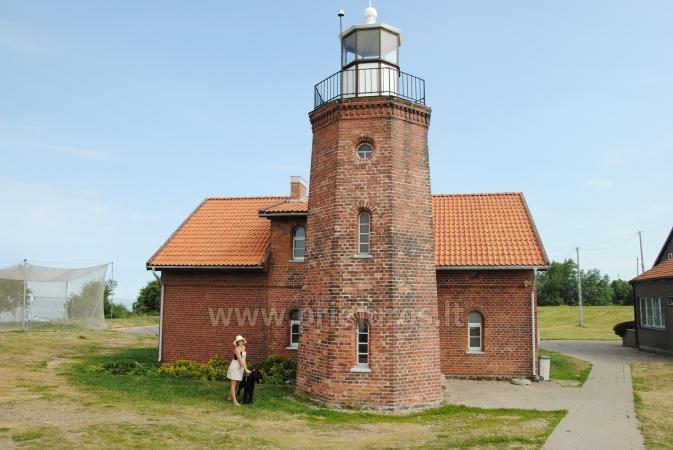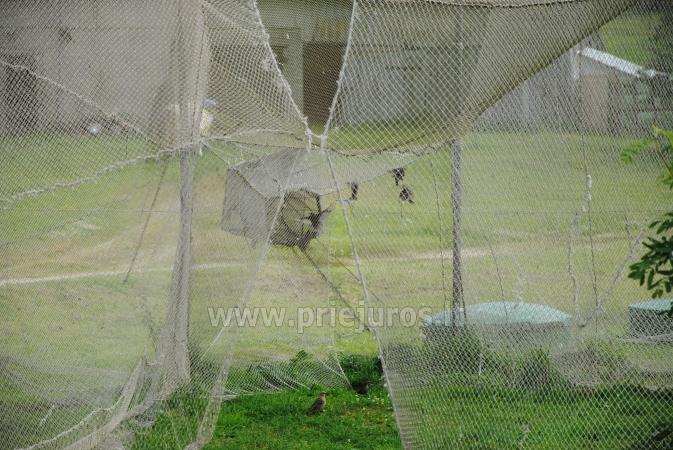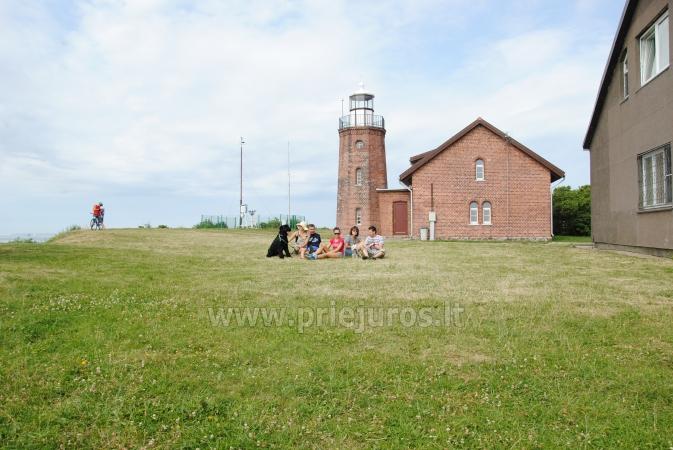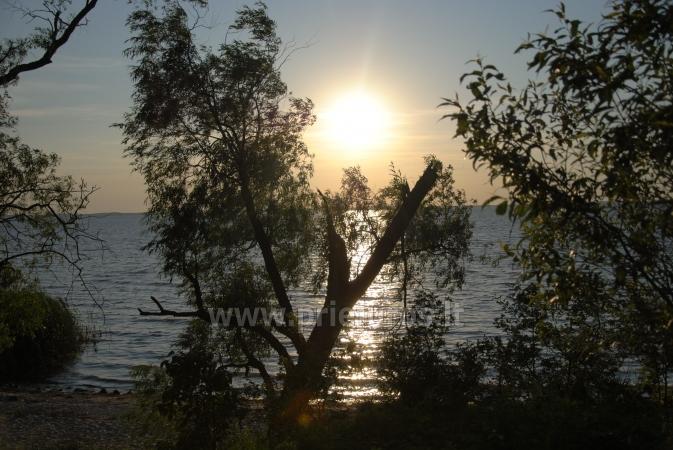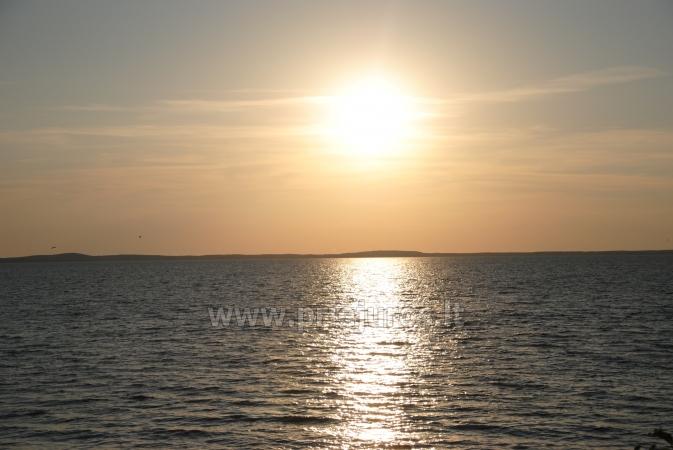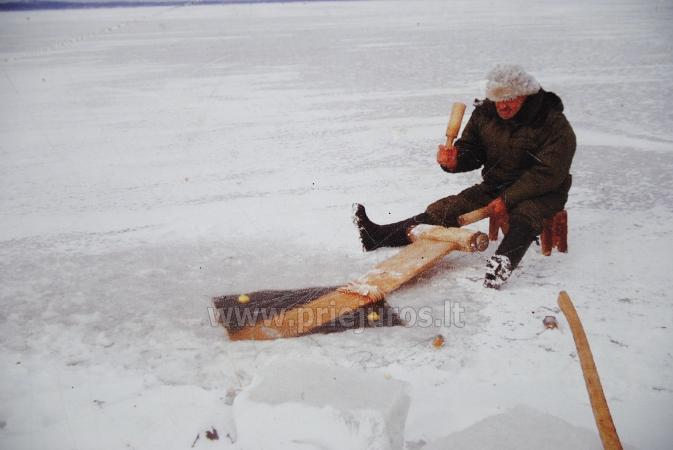About Vente - Lithuanian fishermen village at the river and Curonian lagoon
Briefly on Ventė and Kintai
Vente - a small village, located on cape "Ventė Horn" with about two hundred residents. It is part of the Nemunas Delta Regional Park.
Kintai - a small town on the linear layout of the Curonian Lagoon, on the other side of the Curonian Spit. The town belongs to Šilutė District Municipality and is 8km away from Vente village. Constantly changing population of about eight hundred people.
Kintai is located in a picturesque area - north of the forest lies Kintai forest and Kintai Botanical Reserve, in the southeast - the Nemunas Delta Regional Park. Here you can see a vibrant natural monument - 17 meters high "The great Thuja", which is the second tallest in Europe.
Accommodation
Accommodation offered here is not vast - tourists stay in several guest houses and farmsteads. The price per day - 20 - 50 euros.
Infrastructure, Leisure and Entertainment
Kintai has small infrastructure, supplying residents and holidaymakers for their daily life and necessary goods and services. Shopping is in the supermarket and the local store. There is also a library, a pharmacy, a doctor's office. Kintai culture center unites Vydūnas museum, "loft" gallery and children's art and music schools. The town has small boat dock, fishing farm, High School, 1705 Roman Catholic (former Lutheran) church, forest district, along its building grows the majority of Thuja.
Vente village is much smaller, so there is only one small shop.
History
By the fifteenth century Vente settlement had a different name - it was called by Vindeburg, according to local castle names. In 1360 the Crusaders built Vindenburg castle, but the lagoon waves eroded the land and the building was demolished. In 1409 another one was built in Vente Horn, but it had the same fate as the first.
In 1929 biologist Tadas Ivanauskas founded ornithology station where today birds are observed and ringed.
Kintai name comes from one of the first residents of the town - Blazys Kintas - homestead title. The town began to develop in the sixteenth century. In the eighteenth century it began to expand. In 1705 Kintai Evangelical Lutheran Church was built, later a rectory primal school was founded.
XVIII-XIX centuries in Kintai were held big fish and livestock markets, which would gather the fishermen of the lagoon and from other surrounding areas. By the mid-nineteenth century was established state forestry, post office. At the end of the nineteenth century New Kintai was connected, a trade of periodicals, Lithuanian books had begun.
The town particularly suffered during the Second World War and during the Soviet era - 75 percent of structures were destroyed. After the restoration of independence Kintai Evangelical Lutheran Church was passed to the Roman Catholic community, was established Šilutės art school branch - Kintai children's art school, the branch of Šilutė museum - Vydūnas Museum was established, also Vydūnas Cultural Center.
Sightseeing, Trivia
Ventė lighthouse
Previously, this place had been very dangerous, crashing here quite a few ships and rafts. Now 11m tall lighthouse carries more symbolic significance as the navigation in the Curonian Lagoon is not intense - it usually shows the way for ice fishing enthusiasts, who come on the frozen coast of the lagoon in winter. Currently, in the lighthouse is located Ornithological Station.
The old lighthouse has the metal stairs. It offers an amazing view of the Curonian Lagoon, overlooking the Curonian Spit and Rusnė island.


